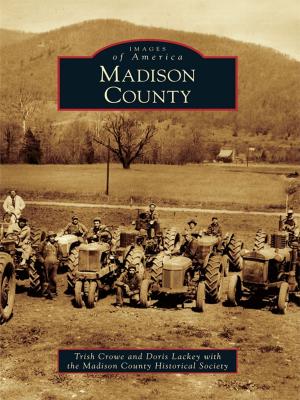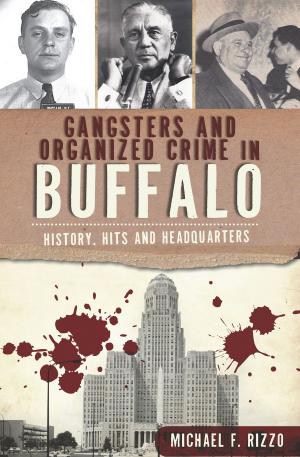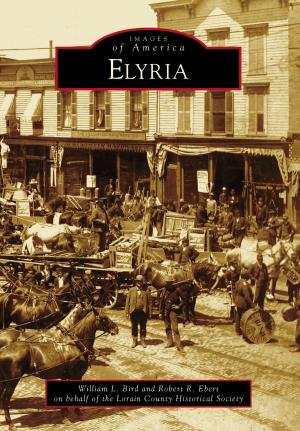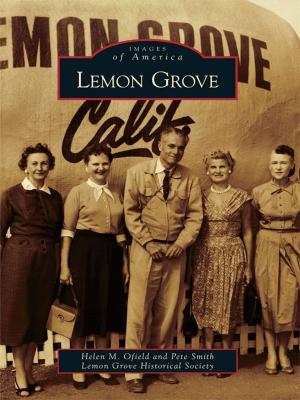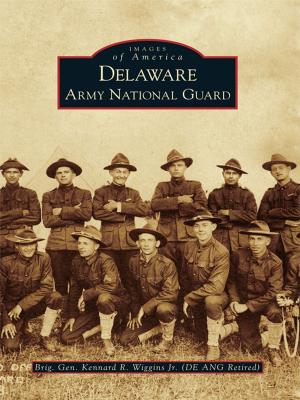| Author: | Patricia Hershwitzky | ISBN: | 9781439640623 |
| Publisher: | Arcadia Publishing Inc. | Publication: | May 9, 2011 |
| Imprint: | Arcadia Publishing | Language: | English |
| Author: | Patricia Hershwitzky |
| ISBN: | 9781439640623 |
| Publisher: | Arcadia Publishing Inc. |
| Publication: | May 9, 2011 |
| Imprint: | Arcadia Publishing |
| Language: | English |
Original Las Vegas faced stiff odds with fluctuating fortunes throughout the 20th century. Celebrated as the McWilliams Townsite in 1904, Las Vegas�s first commercial enterprise was quickly crushed by savvy developers owning most of the water rights on the southeast side of the railroad tracks. Deprived of resources and services, the tent-riddled ground soon earned the name Ragtown and was populated by the area�s poorest, the majority being minorities. During the 1940s and 1950s, a soaring influx of blacks from small plantation towns in the South descended upon Las Vegas, seeking a promised land during the boom of wartime industry, but Jim Crow laws flew in with them. Ironically, segregation led to the emergence of the Westside as an enclave of successful businesses, services, entertainment and casino venues, dozens of churches, and middle-class housing. Although integration brought an exodus and decline, a bold new generation of West Las Vegans is once again revitalizing the original Westside community.
Original Las Vegas faced stiff odds with fluctuating fortunes throughout the 20th century. Celebrated as the McWilliams Townsite in 1904, Las Vegas�s first commercial enterprise was quickly crushed by savvy developers owning most of the water rights on the southeast side of the railroad tracks. Deprived of resources and services, the tent-riddled ground soon earned the name Ragtown and was populated by the area�s poorest, the majority being minorities. During the 1940s and 1950s, a soaring influx of blacks from small plantation towns in the South descended upon Las Vegas, seeking a promised land during the boom of wartime industry, but Jim Crow laws flew in with them. Ironically, segregation led to the emergence of the Westside as an enclave of successful businesses, services, entertainment and casino venues, dozens of churches, and middle-class housing. Although integration brought an exodus and decline, a bold new generation of West Las Vegans is once again revitalizing the original Westside community.

